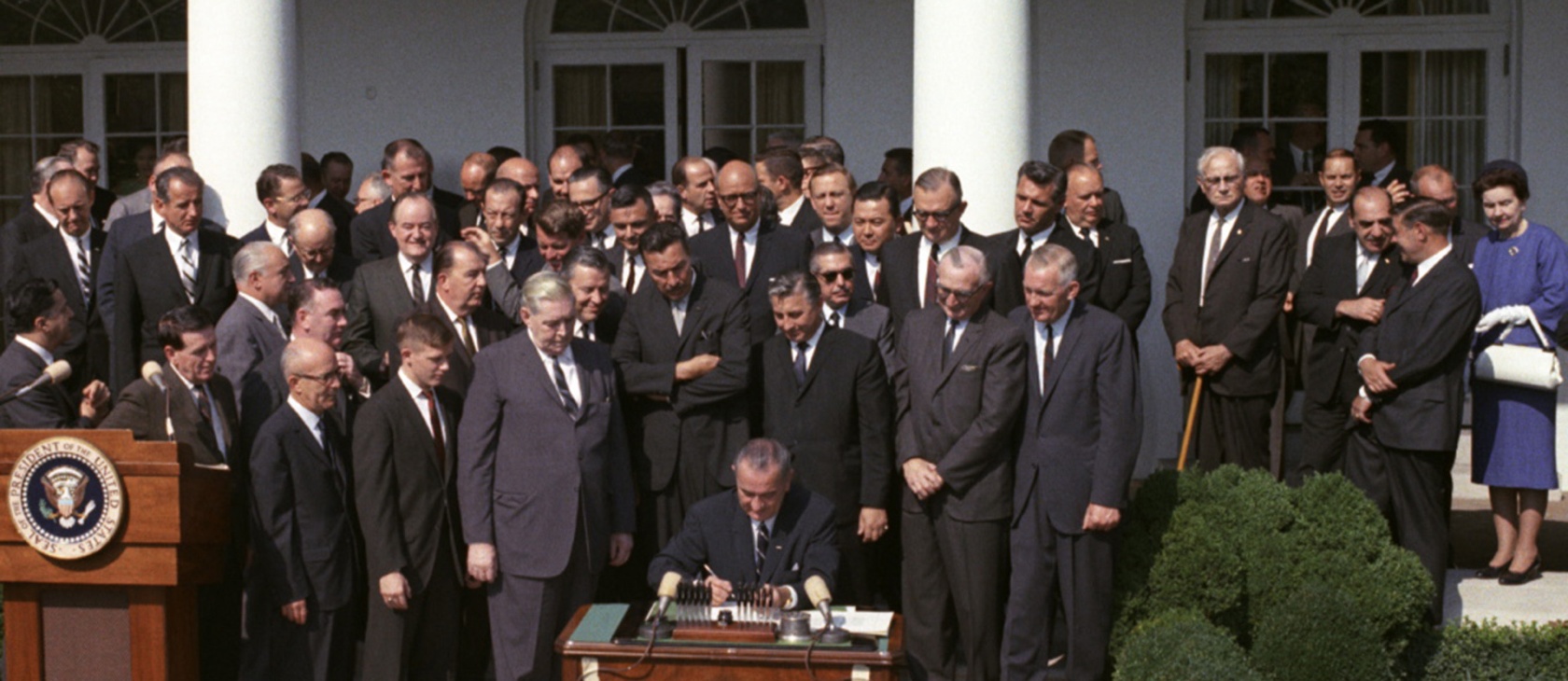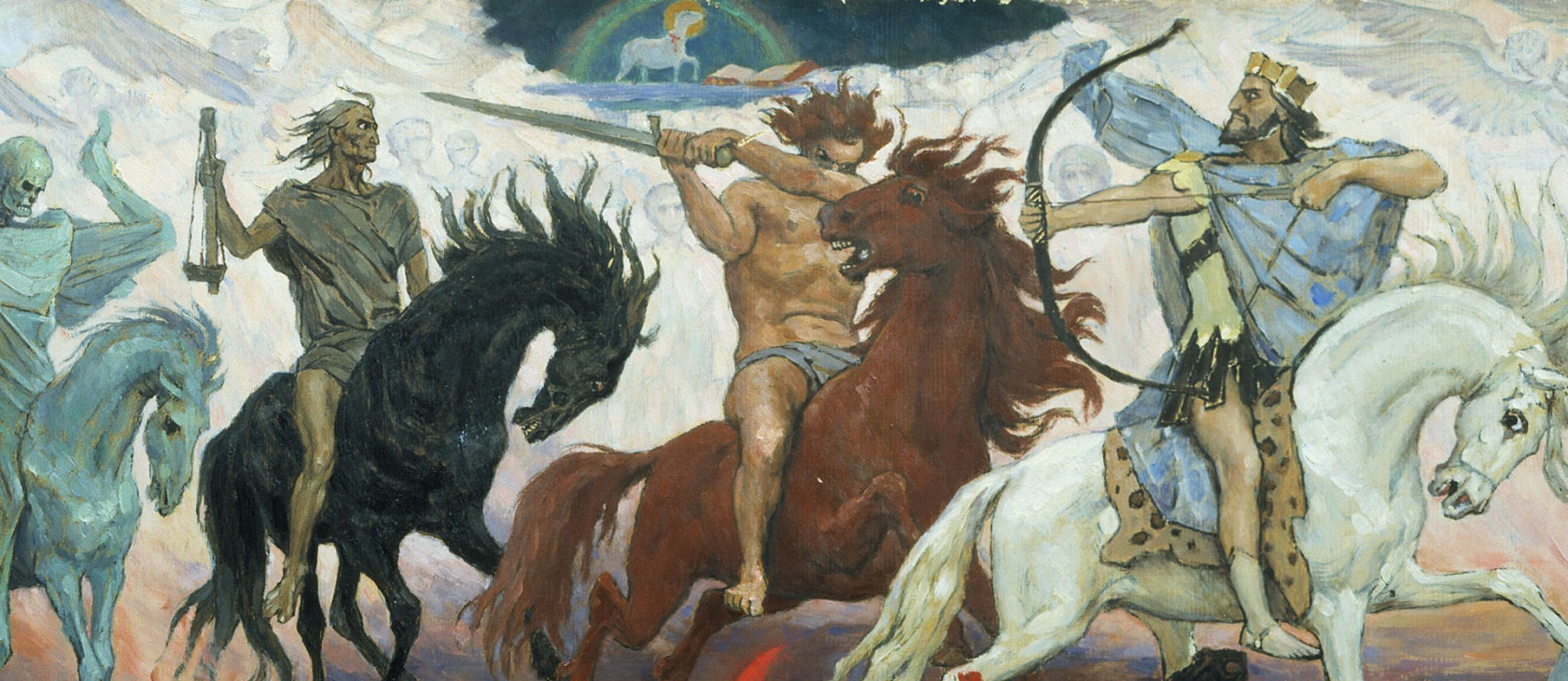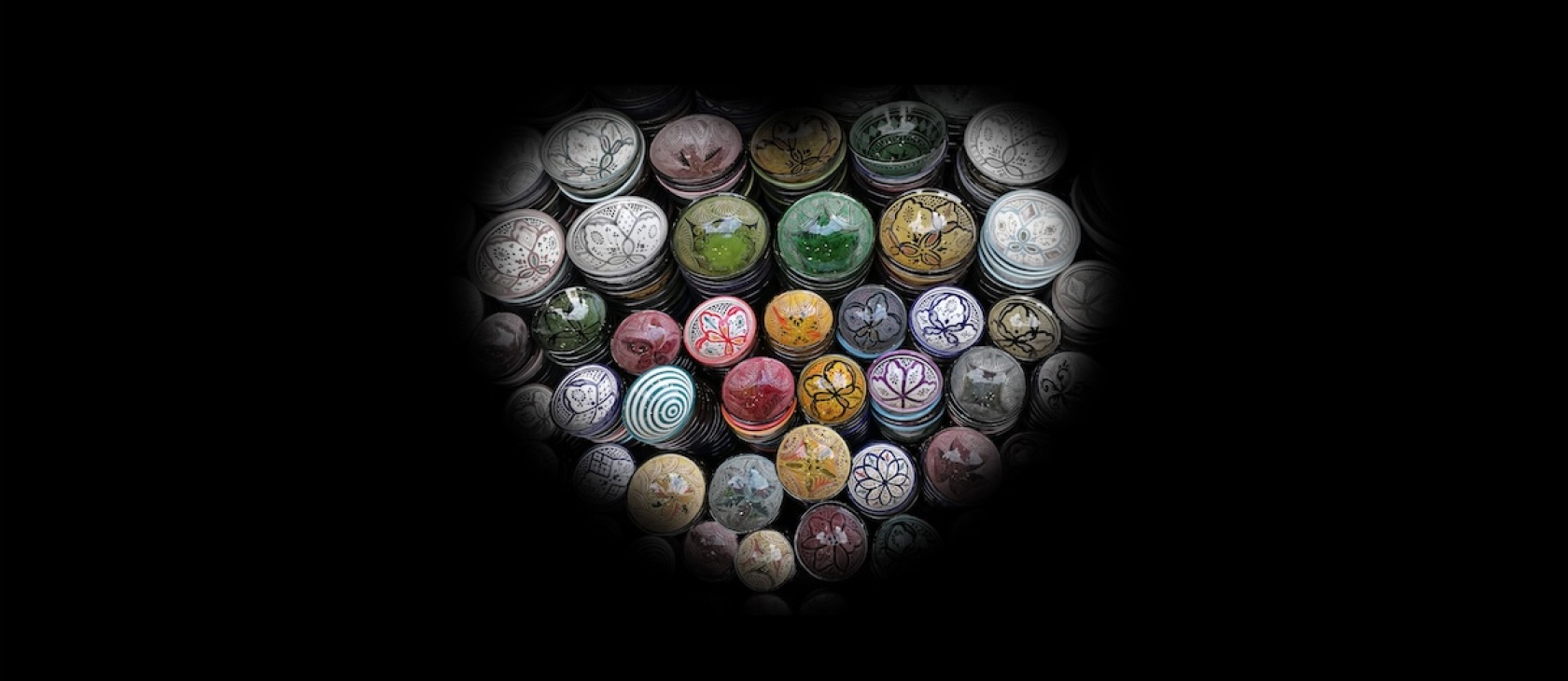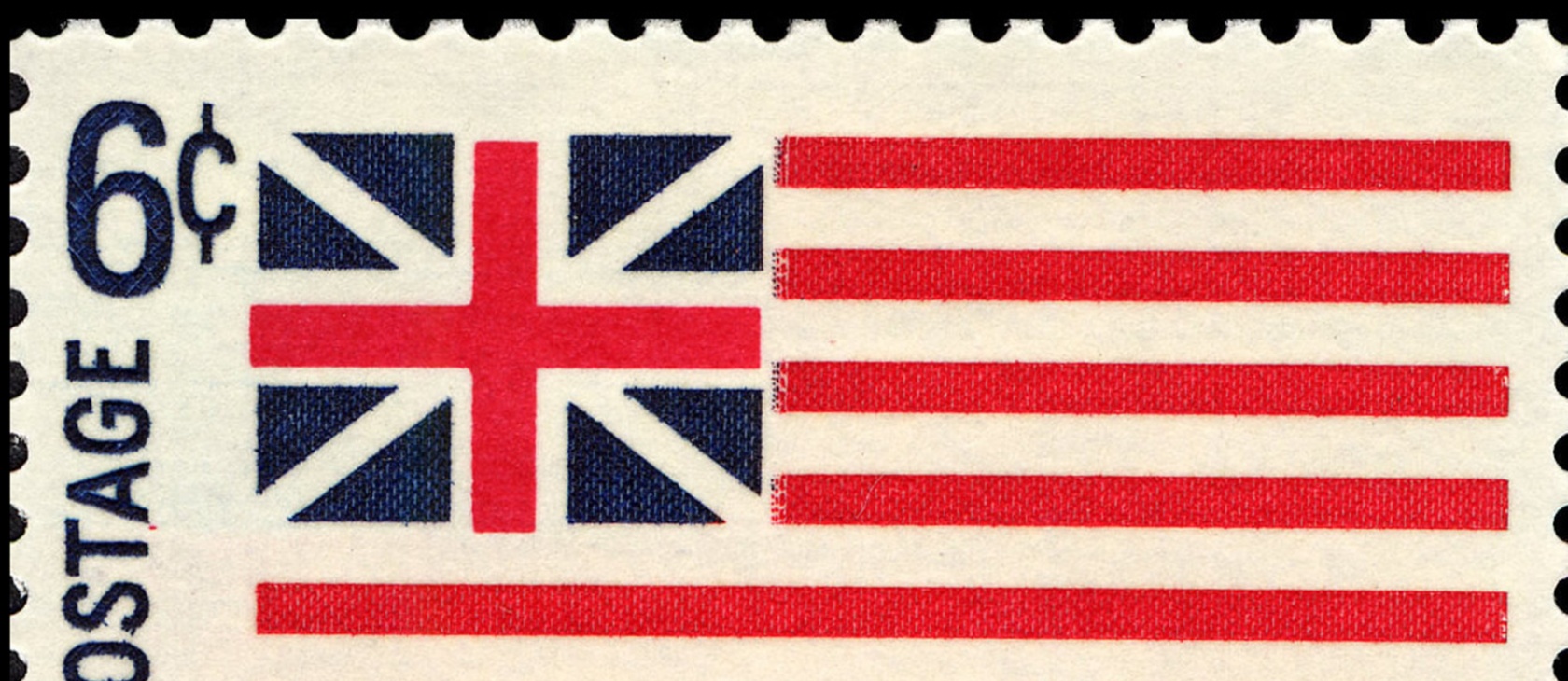


Right, as the world goes, is only in question between equals in power, while the strong do what they can and the weak suffer what they must. Thucydides, The Peloponnesian War
In his lead essay, Jerry Hendrix argues that the United States and its leaders are unprepared for the re-emergence of great power competition. We agree that the leaders and populations of the free world are unprepared, but differ slightly on the character of that competition. Hendrix divides the world between authoritarian and liberal democracies. The world is a lot fuzzier and not as binary as this simplistic formula would suggest. We would propose that there is an older, more elemental framework at play today. The ghosts of the early twentieth-century prophets of geopolitics—Halford Mackinder, Alfred Thayer Mahan, and Nicholas Spykman—have returned to haunt the twenty-first century, to deliver a warning and to offer a framework for understanding how grand strategy and geopolitics should be shaped in relation to emerging global forces and power structures.
Mackinder, as a continental power proponent, believed that control of the “World-Island”—the interlinked continents of Europe, Asia, and Africa (Afro-Eurasia)—would confer dominance of the international system. The key advantage of the World-Island was the Heartland, stretching from the Volga to the Yangtze and from the Himalayas to the Arctic, with the combined entity’s large East Asian coastline enabling it to become a major sea power. Meanwhile, he envisaged that the offshore continents of North America, South America, and Oceania, as well as the British Isles and Japan, would struggle to compete with a Heartland that, with expansion into Afro-Eurasia and internal lines of communication, could access and exploit over half of the worlds resources.
Mahan, the maritime proponent, highlighted (as early as 1901) the “immense latent force” of China as a potential geopolitical rival, presciently commenting that “it is scarcely desirable that so vast a proportion of mankind as the Chinese constitute should be animated by but one spirit and moved as a single man.” He also recognized that science and technology would at some point be globalized and that under such circumstances “it is difficult to contemplate with equanimity such a vast mass as the billions of China concentrated into one effective political organization, equipped with modern appliances, and cooped within a territory already narrow for it.”He also worried about “the vast, uninterrupted mass of the Russian Empire, stretching without a break … from the meridian of western Asia Minor, until to the eastward it overpasses that of Japan.”He recommended that Russia, and by extension China, needed to be contained by an alliance of the United States, Great Britain, France, Germany, and Japan.More cheerfully, he noted that in history, maritime powers generally prevailed against continental powers when they were able to control the maritime routes between raw materials, manufactures, and markets.
Meanwhile, Spykman highlighted the importance of the control of Rimland, the coastal regions between Eurasia’s Heartland and the offshore maritime zones, in containing and constraining the Heartland.He emphasized the densely populated western, southern, and eastern edges of the Eurasian continent that epitomized the buffer zones between sea power and land power.
The modern and emerging world is eerily crystallizing and settling very much in harmony with this conceptual framework, with the historically familiar bloc-on-bloc competition rather than simply great power competition.
Mackinder and the Eurasian-Authoritarian Bloc
These general theories have been eerily becoming flesh for some time. Russia and China have recently revived Mackinder’s notional Heartland as the self-proclaimed “heart of Eurasia.” Their strategic alignment is based on economic cooperation in Central Asia, military collaboration and arms transfers, strategic competition with the United States, energy exploitation and distribution, and accommodation with each other’s geopolitical ambitions. Iran, with its closed regime, geoeconomic and energy links with China over the past 40 years, and its technological reliance on Russia, is a third member of this relationship, along with an opportunistic North Korea. Together, these countries have the potential to achieve strategic dominance across the whole of the World-Island and the waters around it.
Even if the BRI proves to be of marginal commercial and economic benefit, China will be able to project significant geopolitical power, proprietorial claims, and a substantial level of control across and around the World-Island.
This quest for dominance is being led by China, whose grand strategy appears to mirror its fifteenth-century CE period of greatness, before the European powers had penetrated the Indian Ocean and the Asia-Pacific region. At that time, its commercial and political model was built around a dominant Asia-Pacific trading and tribute-based hub enforced by Chinese commercial and military power. This hub was complemented by trade routes by land across Central Asia via the Silk Roads, and by sea through the Indian Ocean to Africa, the Gulf, and beyond to the Mediterranean. Today, exceptionally high levels of Chinese state and diaspora investment are recreating the trade-and-tribute hub of the Asia-Pacific region while its “Made in China 2025” program and “Belt and Road Initiative” (BRI) aspire to replicate the land and maritime Silk Roads across and around Eurasia to Europe, through the Arctic and the Pacific, and into cyberspace. Even if the BRI proves to be of marginal commercial and economic benefit, China will be able to project significant geopolitical power, proprietorial claims, and a substantial level of control across and around the World-Island.
Russia, meanwhile, has sought to promote its own Eurasian Economic Union, both as a means of imposing ties of dependency on the former members of the USSR in Central Asia and to participate in China’s BRI. It has also shown its readiness to intervene in areas that serve its imperial ambitions and geopolitical interests and to stifle energy competitors in Ukraine and the Eastern Mediterranean, the known resources of which could replace Russian exports to Europe and beyond in 10 years. In addition, Iran is seeking regional primacy in the Rimlands of the Greater Middle East and the Persian Gulf. This policy reflects its antipathy to Israel and its confessional and geostrategic rivalry with the Sunni states led by Saudi Arabia. It also reflects China’s desire to build a Shi’a BRI corridor through Iran, Iraq, Syria, and Lebanon.
A constant refrain in Russian and Chinese political discourse, academic literature, and media outlets is that the international rules-based system is unbalanced and skewed to the advantage of the United States and its allies. Officials in both China and Russia routinely speak about the need for “new rules or no rules” and a zero-sum desire to “de-Americanize” the world and its institutions by “modernization and mobilization.”
Accordingly, China and Russia are not only consolidating their grip on Mackinder’s Heartland, but also seeking to neutralize or absorb Spykman’s Rimland to the east and west, and also in the Greater Middle East, in order to de-Americanize and dominate the World-Island. In doing so, they hope to keep both potential military rivals and commercial challengers either dependent or at arms’ length.
In the West, this approach can be seen in Russia’s sensitivity to outside interference in the Arctic and the Northern Sea Route, while seeking to reduce its other vulnerabilities by coercing or isolating potential competitors and opponents in the Baltic and Black Seas. In addition, Russia is attempting to apply military, commercial (in the form of energy diplomacy), cyber, and informational pressure on Europe.
Meanwhile, in the East, China is going offshore to consolidate its Asia-Pacific trade-and-tribute hub and to assert territorial sovereignty within a notional ten-dash line, primarily through persistent presence on the ground, but also by the construction and fortification of artificial islands in the South and East China Seas. China’s “land grab” blatantly ignores the rights of other countries in the region under the UN Convention on the Law of the Sea and threatens to establish Chinese control over international waters.
Likewise, Iran is applying pressure through its proxies and sub-state activities to the Greater Middle East and in particular to Israel.
Mahan and the Maritime-Democratic Powers
The Eurasian, authoritarian World-Island of Mackinder is balanced geographically by Mahan’s offshore continents of America and Australia, the islands of Britain and Japan, and the European and Asia-Pacific democracies that occupy Spykman’s Rimland at the western and eastern ends of the World-Island. Recently, a combination of democratic, predominantly maritime states has emerged whose common interests involve the maintenance of the international rules-based system that has delivered strategic stability, economic growth, and security for the past 70 years.
This maritime-democratic bloc comprises the United States, Canada, the United Kingdom, most parts of Europe, South Korea, Japan, Singapore, Australia, and New Zealand. With their distinctive maritime and trading history, human capital, and cultural power—not the least of which is the use of English as a universal data language—their alignment is progressively consolidating around organizations and initiatives like NATO, the “Anglosphere,” the “Five Eyes” intelligence community, AUKUS, the Quad, and the Five Powers Defence Arrangements (FPDA). They all have an interest in the continued free use of the sea and, either individually or collectively, good reason to be wary of the trajectory of the authoritarian Eurasian bloc in general and China in particular.
The United States, having recognized China as an existential strategic competitor, is already moving conceptually and practically towards a model that will contain and constrain China. To this end, it has promoted the idea of the free world re-asserting its values and interests in the face of Chinese assertion and expansion. However, in taking forward Jerry Hendrix’s initial challenge, it has not yet fully calibrated with its allies the totality of the threats and risks inherent in the Eurasian-authoritarian bloc.
This realization is vital because the maritime-democratic bloc will rely on the strategic leadership, industrial capacity, and military power of the United States to offset the Eurasian-authoritarian bloc. The financial and economic power of the United States will also be needed to sustain the maritime-democratic bloc, as the new strategic alignment results in a greater or lesser decoupling of the current globalized financial and economic model. This shift is likely to result in a greater concentration of investment, industrial production, business processes, trade networks and supply chains, as well as employment and automation, within the respective blocs, each with their distinctive, sometimes overlapping, standards, tariffs, compliance, and legal requirements. The changing relationship between the two blocs will also be complicated by the fact that in a previously connected world, states in both camps have traded extensively with each other, even if their strategic interests and aspirations diverged.
The In-Betweeners
The rest of the world outside these two blocs, mostly in the “Rimland,” could be termed as “in-betweeners,” reviving the role of the “non-aligned” countries during the Cold War.These states will try and hedge or balance in relation to the two blocs, but elites will make strategic choices according to their level of economic or strategic dependence on one or other of the blocs, with due regard to their local and regional geopolitical interests, security, and continued regime or electoral legitimacy.
Free, open, and sovereign countries are a constant reproach to authoritarian states and, as was seen during the Cold War and in the Colour Revolutions, extremely corrosive of autocratic regimes.
India, although fortunate in being able to position itself between the two blocs and exert its influence as its national interest demands, is likely to align predominantly, although not exclusively, with the maritime-democratic bloc. This posture reflects its democratic credentials, its geostrategic ambitions, and its ongoing disputes and rivalry with China, along their shared border, in the Indian Ocean and southeast Asia.
Grand Strategy
As an overt manifestation of the central theories of Mackinder, Mahan, and Spykman, this binary geopolitical alignment between a maritime-democratic bloc and a Eurasian authoritarian bloc satisfyingly conforms to type. It is also reinforced by ideological and cultural features associated with what Richard Rosecrance calls maritime-commercial “trading states” and centralizing, continental military powers.
The grand strategic issue for the free world is whether the two sections of the Rimland at either end of the World-Island (democratic Europe and the Asia-Pacific states) and in the Greater Middle East are absorbed into the Eurasian-authoritarian Heartland or remain vital constituents of the maritime-democratic system. It seems clear that if the free world wishes to thrive in the exacting conditions of the twenty-first century, it will need to resist the commercial and military domination of Rimland by the Eurasian-authoritarian bloc and maintain the freedom of the sea as the primary strategic medium of access and exchange. Owing to the deterrent effect of nuclear weapons and the prohibitive cost of massive military incursions by major geostrategic rivals, it is likely that the most challenging geostrategic situations will result from tectonic friction as well as localized conflicts, proxy activities, and frequent, potentially hostile, encounter events around the edges of these two blocs (Rimland). To that end, a maritime-democratic grand strategy should focus on deterring aggression, containing and constraining the Eurasian-authoritarian bloc, keeping its partners loyal, and determining how constant geopolitical and geoeconomic friction between the World-Island and the World-Ocean can be alternately mitigated and exploited.
There is the potential for a Eurasian-authoritarian bloc that feels sufficiently invulnerable to invasion to be able to compete with the maritime democracies at sea. To prevail, all it must do is deny the maritime powers the use of the sea, either through maritime power (China’s massive naval expansion is relevant here) or, as has been seen, by using proxies like the Houthis in the Red Sea, without necessarily dominating or controlling it.
An additional thrust of any maritime-democratic grand strategy should be attempts to fracture the cohesion of the Eurasian-authoritarian bloc. Free, open, and sovereign countries are a constant reproach to authoritarian states and, as was seen during the Cold War and in the Colour Revolutions, extremely corrosive of autocratic regimes once the coercive element is reduced or removed. It should be recognized that China, owing to its commitment to the “Chinese Dream,” its emotionally charged nationalism, and its mass psychological dependence on the Chinese Communist Party, is unlikely to be drawn into the democratic world. However, a wary Russia and a more youthful, politically and economically unstable Iran, with their differing demographic trajectories and geopolitical insecurities might be susceptible to pressures to distance themselves at some stage from the Eurasian-authoritarian bloc. Indeed, Mahan depicted a future struggle for power in the area of what he called the “debatable and debated ground” of Central Asia, which perhaps foreshadows the possible tensions when the Chinese BRI footprint crosses areas of Russian vital interest, language and culture, and military presence.The defection of Russia would especially inconvenience China and break its grip on the World-Island. It would also revive the land threat worry for China that it faced in the fifteenth century when it chose to turn its back on the sea and address internal pressures and external land threats.
Conclusion
As the twenty-first century progresses, the free world will need strategic agility and cohesive stamina to navigate a world predominantly divided in geostrategic and ideological terms, not just in the familiar multilateral and great power ways, but also between a maritime-democratic bloc and a Eurasian-authoritarian bloc, separated by an unstable Rimland. At a time when the Eurasian-authoritarian bloc seeks to dominate the World-Island, free, open countries cannot afford to relax their grip on the World Ocean—the physical equivalent of the worldwide web—and the international rules-based network system on which they depend.









